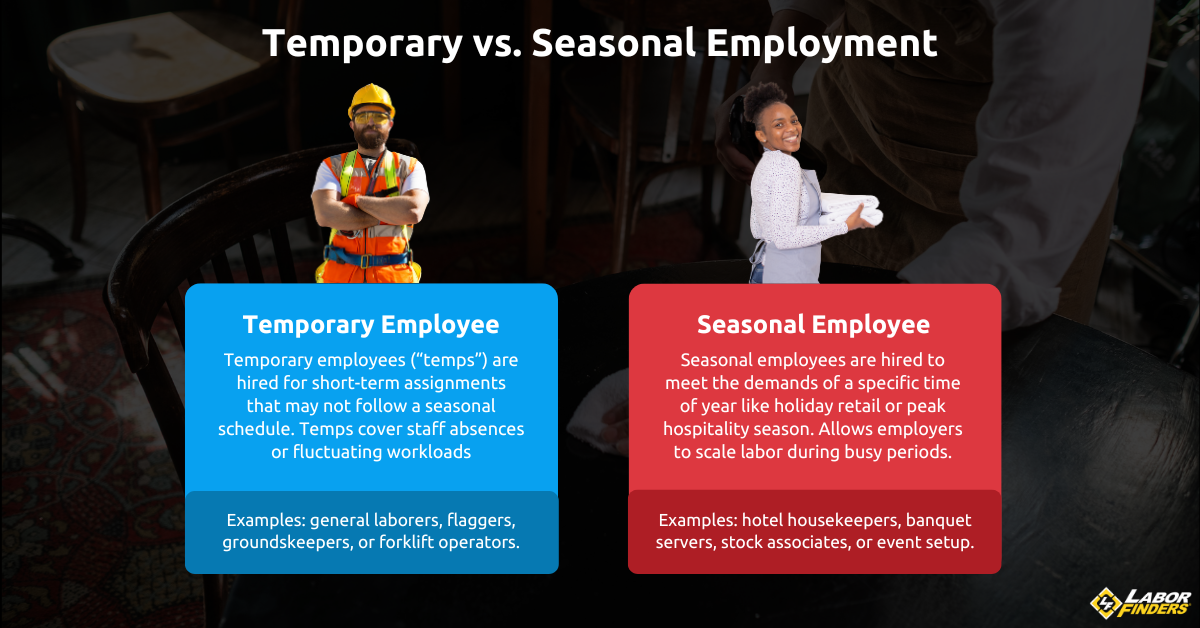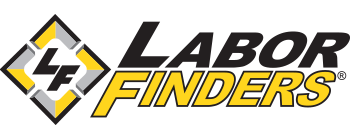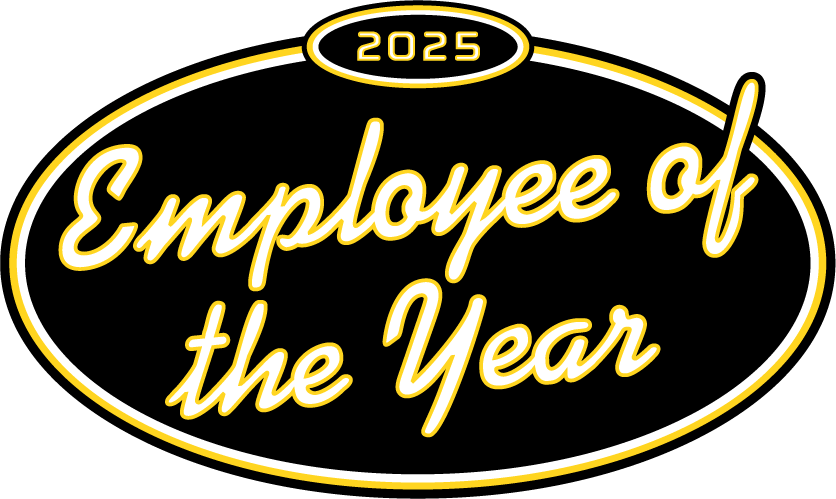-
Job Seekers
X
Job Seekers
Whether you're looking for a temp job or a permanent career, Labor Finders has you covered!
-
Explore
- How it works
- Industries
- Blog
- Locations
- Job Search
You May Also Be Interested In

2025 Employee of the Year
Learn more about our amazing Employee of the Year
-
-
Employers
X
Employers
Let us help you find the workers you need, when you need them.
You May Also Be Interested In
-
Industries
X
Employer Industries
Ready to staff your next project? Our staffing experts has the knowledge and the workers to cater to your unique staffing needs.
In this Section:
Job Seeker Industries
From construction to waste management, we have job openings in whatever industry you’re interested in.
In this Section:
-
About
X
About You
Getting matched to the right job, gaining the flexibility you want, making an impact in your community - at Labor Finders, it’s all about you!
-
You may also be interested in
- About Us
- Job Search Results
- Find an Office
- How it works
- Blog
About Us
With almost 200 offices nationwide, we’ve been putting people back to work for over 40 years. See why we’re a leader in the blue-collar staffing industry.
-
You may also be interested in
- About Us
- Media Center
- Video Library
- Leadership Team
- Careers
- In The Community
- History
-
- Location
Staffing Solutions
What's the Difference Between Seasonal and Temporary Employees?

For many businesses - especially in blue-collar industries like construction, manufacturing, hospitality, and logistics - staffing needs can fluctuate. Employers often hear terms like seasonal, temporary, and part-time employees, but understanding the differences is key for planning, compliances, and keeping operations running smoothly.

Temporary Employees
Temporary employees (or "temps") are hired for short-term assignments that may not follow a seasonal schedule.
Duration:
Can range from a single day.
Typical Use:
Temps cover staff absences, special projects, or fluctuating workloads. Temporary positions can sometimes lead to permanent roles.
Benefits & Considerations:
- Paid hourly, usually without benefits
- Provides flexibility for unexpected staffing needs.
- Helps avoid overstaffing or under-hiring.
Seasonal Employees
Seasonal employees aren hired to meet the demands of a specific time of year.
Duration:
Employment aligns with predictable business cycles, like summer construction projects, holiday retail, or peak hospitality seasons.
Typical Use:
Allows employers to scale labor during busy periods without committing to year-round staff.
Benefits & Considerations:
- Paid hourly, usually without full-time benefits.
- Efficiently meets peak demand.
- Employment typically ends when season concludes.
Part-Time Employees
Part-time employees work fewer hours than full-time staff, typically less than 35-40 hours per week.
Duration:
Can be ongoing or long-term.
Typical Use:
Ideal for businesses needing consistent support without the cost of full-time staff.
Benefits & Considerations:
- Paid hourly; benefits may be limited.
- Offers predictable scheduling flexibility.
- Helps maintain steady operations without overstaffing.













